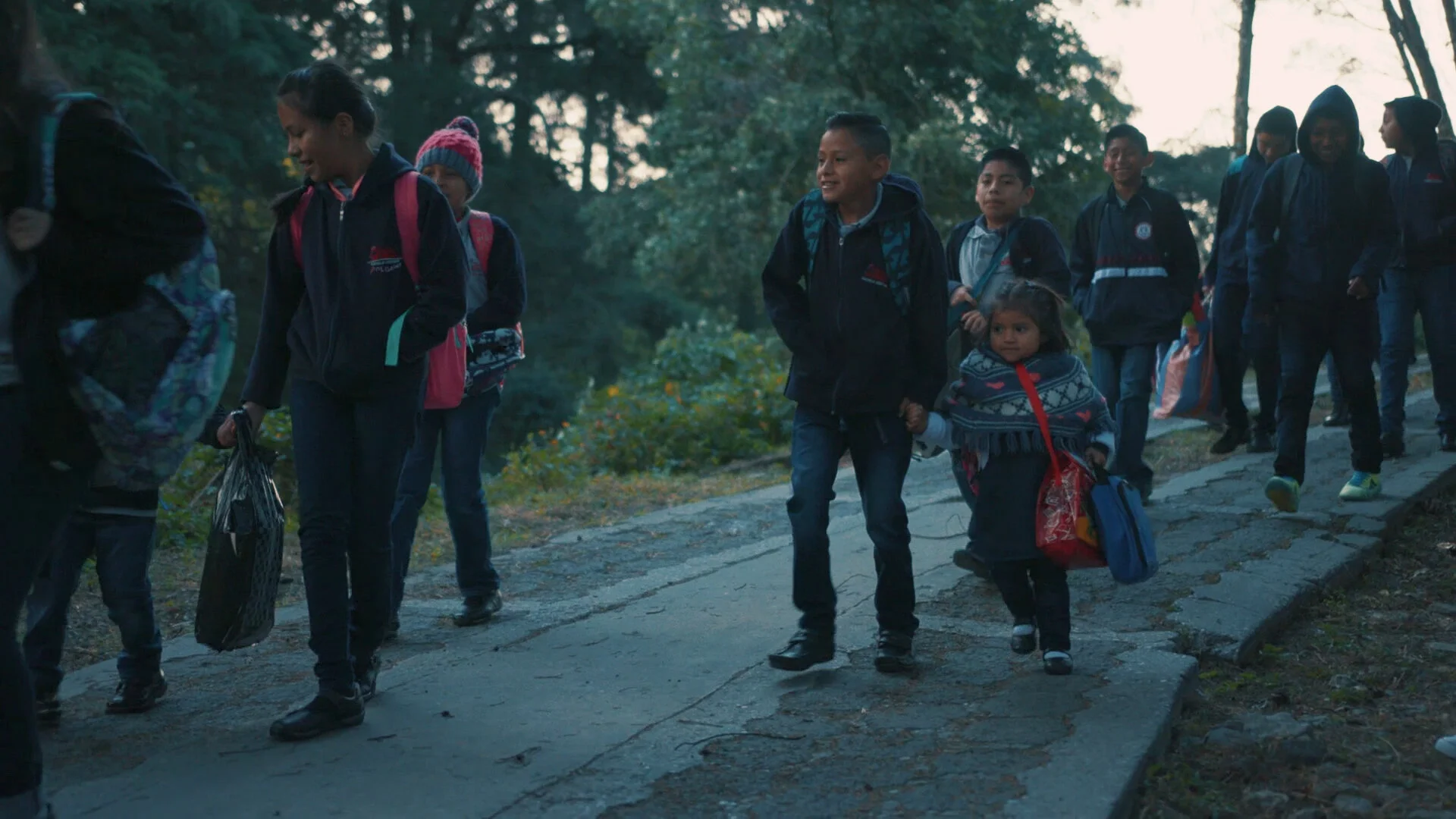
Casa Bernabé School
Offering Pre-K through 9th grade education, Casa Bernabé Christian School provides quality, Christ-centered education to the children and youth of Casa Bernabé. For more than 10 years, the school has generously opened its doors to families in the surrounding community. Due to many economic and social limitations, in most cases, the children from these families would otherwise not have the chance to receive any kind of formal education.
Guatemalan Educational Landscape
Families that live in extreme poverty often see school as an impossible cost. Even public school carries costs, including books, uniforms, and transportation. Because parents have not experienced the increases in earning, quality of life, and personal dignity that come from education, they don’t know what they are missing by pulling a child out of school to work instead.
This is why it’s a cycle: children who grow up without education are less likely to send their own children to school.
Friends of Ninos de Guatemala
By providing a generation of Guatemalans with a quality education, we hope to replace a vicious cycle with a virtuous one.
Instead of poverty sowing seeds for still more poverty, education today will create an environment that leads to opportunities and education for successive generations as well.
Instead of leaving school to work, children will have the chance to raise their income, engage their intellectual curiosity, and live in a more stable society.
1 in 4 people over the age of 15 are unable to read.
Guatemala has the lowest literacy rate in Central America.
The average student only attends the first 4 years of school.
*Education Policy & Data Center, 2012
We recently completed our school expansion project, giving us additional classroom space and education resources tailored to build a strong early foundation and more specialized instruction and technological resources with smaller class sizes through our higher grades.
Based on Early Childhood Care and Education research, we have constructed three separate classroom structures on our existing campus.
These structures were completed with our pre-k through 1st grade children in mind utilizing child sized fixtures and scalable components. We included elements of design that are important to consider in early childhood environments.
The size of the rooms, types of furniture, color of the walls, amount of light and room layout all influence how children learn. If the classroom is too chaotic, busy and over stimulating this can easily distract them from learning.
Keeping in mind the traumatic background situations that many of our children come from, creating safe places, particularly in regard to bathroom use was of highest priority for us.
The plan also included an educational administrative building that will house a new sensory therapy room.
In addition to these beautiful new spaces, we are working to restructure the use of our current school building to accommodate smaller class sizes for our older children in grades 2-9, introducing “class-switching” for subjects and more ability-minded teaching.




